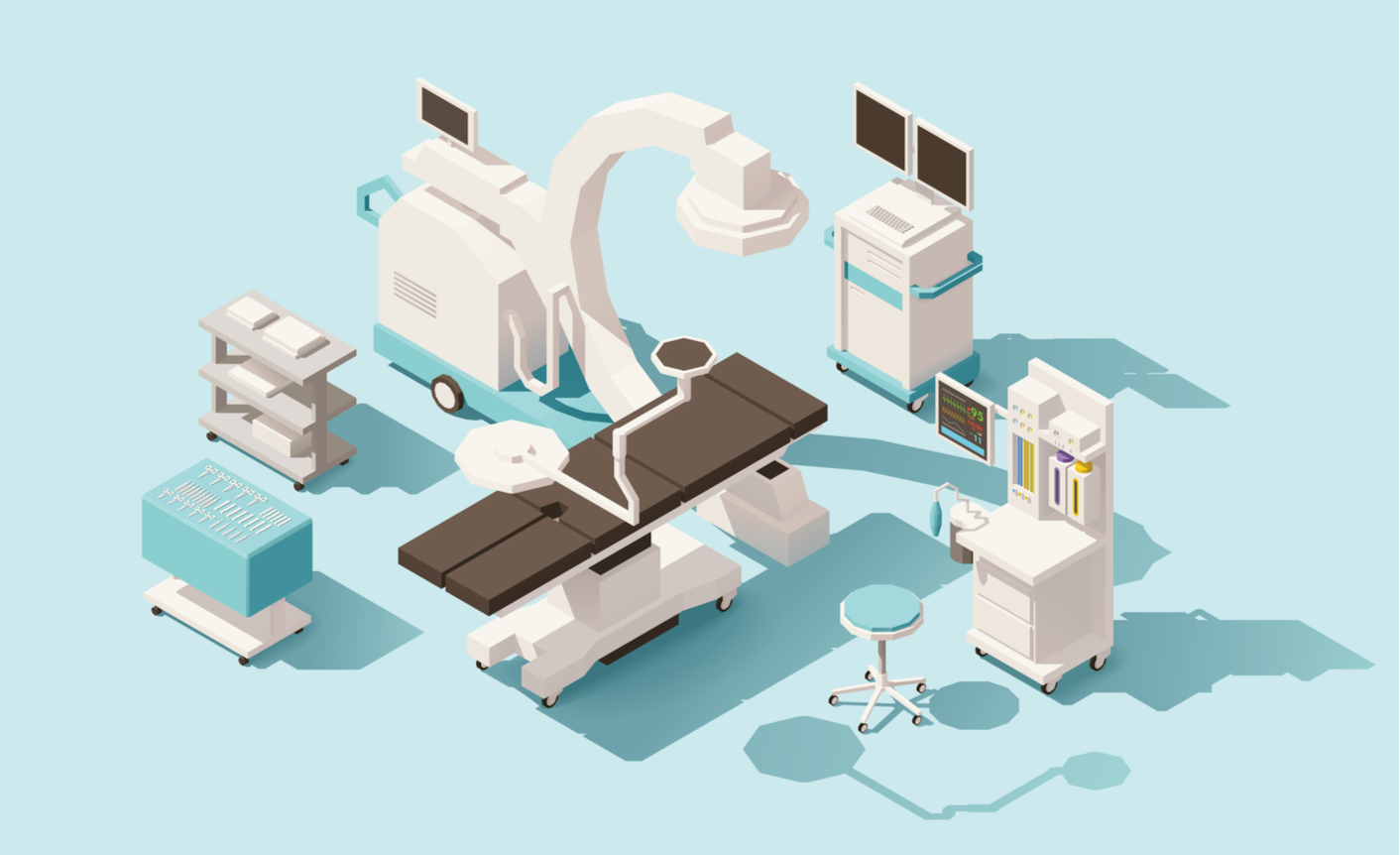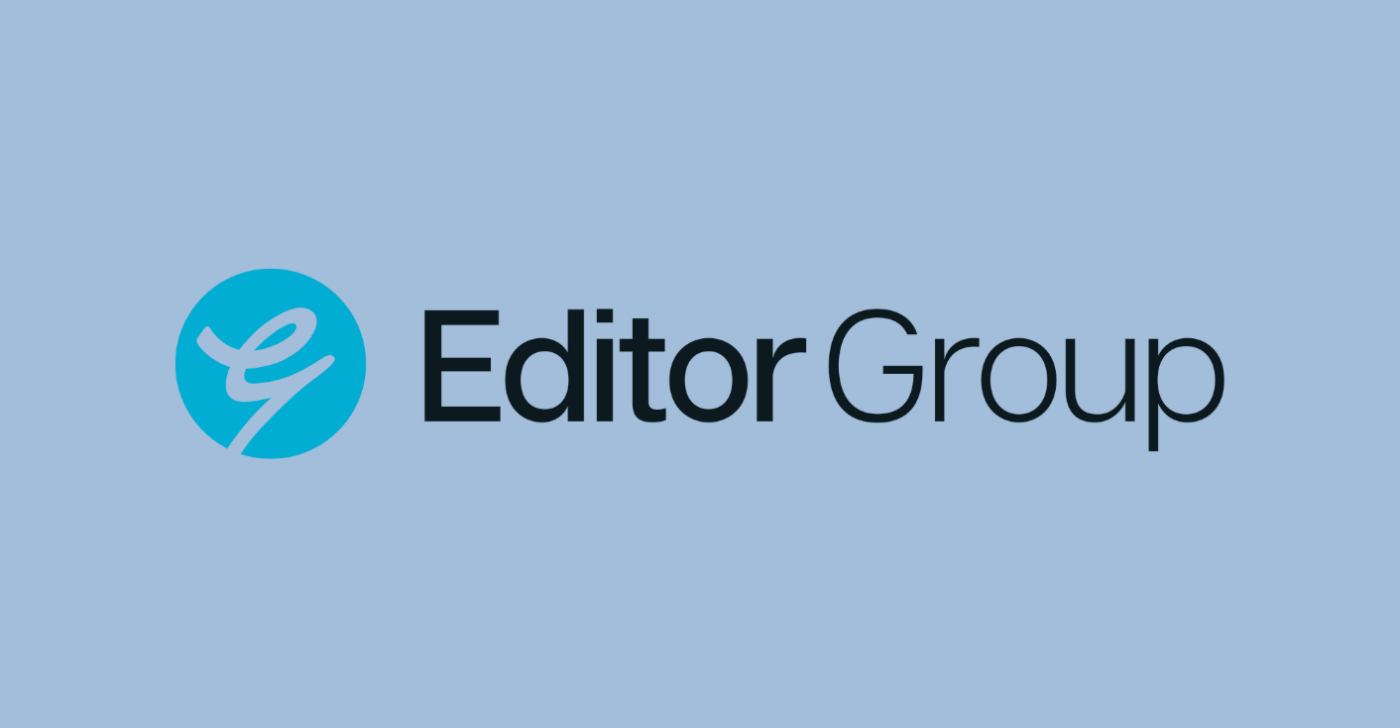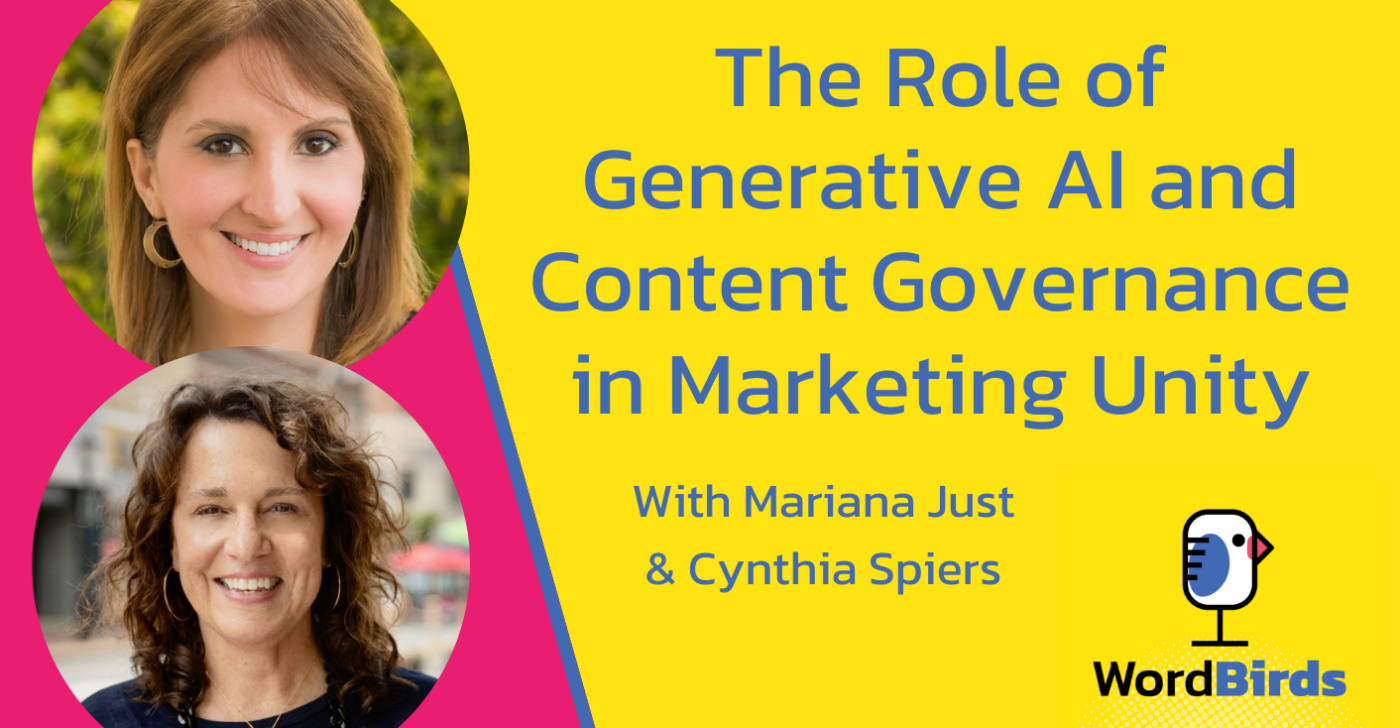Around the world, the Med Tech industry is growing fast. An estimated 500,000 different medical devices are already being produced globally, including everything from eye glasses, home pregnancy tests, and catheters to pacemakers and CT scanners. As the population ages and its health needs increase, the number of devices they rely on will only grow. Underscoring the point, some experts predict the industry will be valued at a staggering $745 billion by 2030.
While the breadth and depth of the medical devices coming to market creates incredible opportunities for the companies manufacturing them, they also present significant challenges. One of those challenges is creating, translating, and delivering vast amounts of content to global teams and customers to meet an array of R&D, corporate, and commercial needs. Another is making sure all of that content is compliant with the considerable regulations governing the industry.
Below, we take a closer look at how challenges like these are fueling the need for structured content management across the Med Tech industry. We also examine how smart manufacturers are embracing technology to help them work smarter and more efficiently, while making sure they remain compliant.
The challenge of content management at scale in a highly regulated industry
Med tech companies have vast amounts of information they have to manage, deal with, and communicate. That includes all of the content they create, translate, and deliver to their customers and teams around the world. Whether it’s content for their latest clinical trials, their policies and procedures, or what’s on their websites or in their employee communications, making sure everything is accurate and timely is essential.
Local regulators also want accurate, detailed, and up-to-date information about every medical device in their market. Not only that, they often want that information to be submitted via a strictly defined document structure. There’s typically also a lot of repetition in what needs to be submitted, requiring data to be pulled from disparate systems across the business. Plus, the submissions are often largely (though not entirely) identical, which makes the process highly repetitive and error prone.
The European Union’s In Vitro Diagnostic Regulation (IVDR) is a good example of the kinds of regulations that should be top of mind for medical device manufacturers. Set to take effect in May 2022, IVDR establishes a new regulatory framework for in vitro diagnostic medical devices. Once it begins rolling out, it will have implications for the labeling and marketing of relevant devices, the training content associated with it, and the overall readability of that content.
Unfortunately, manually making sure that any content pertaining to your medical devices complies with regulations like IVDR takes time, energy, and money. That means it not only can slow down product development cycles, but also create drag on your bottom line. Smart medical device manufacturers would be wise to use software solutions to help overcome these challenges by automating key processes and making sure their content is always findable, accessible, interoperable, and reusable.
A better way forward
To meet the requirements set forth by IVDR and other regulations, medical device manufacturers need to adopt technology that automates essential processes to help ensure compliance and accelerate the creation of multilingual content.

Working in partnership with Acrolinx, a content governance platform, RWS, the world’s leading provider of technology-enabled language, content management, and intellectual property services, has developed a contextualized decision-making solution aimed at shortening the product development lifecycle for medical device manufacturers. They do this by helping med tech companies create compliant, clear, localized documentation, which can be reused by technical support and customer documentation teams to increase velocity. They also improve the creation, approval, and delivery processes associated with the creation of structured documentation that’s based on FAIR principles (findable, accessible, interoperable, and reusable).
Specifically, their joint solution helps medical device manufacturers with:
- Technical documentation: by avoiding duplication of technical content and manual activities while following local medical device regulations and increasing consistency across products. This helps them lower costs, standardize, and centralize processes so that they can make sure they meet and maintain quality controls, and introduce cross-product intelligence for better decision-making. The result is that device manufacturers can get their devices to market faster, with all the necessary regulatory documentation and support material.
- Centralizing and managing content: by working with a language service provider (LSP) with worldwide coverage capabilities that are able to meet supplier quality, compliance, and security requirements. This enables them to standardize processes, track spend, and identify areas where they can lower costs. Plus, they can standardize KPIs to be able to track supplier performance.
- Localization: by making sure that content is updated in the source language and translated into the target languages in a timely manner so that you can continue to sell your products in key markets across the EU. By looking at processes and support for authoring, it’s also possible to lower costs over time and standardize and centralize processes, including authoring and translation, thereby making sure the quality controls are met and maintained.
“We’re excited to lead this technology initiative, focused firmly on helping Med Tech organizations build a better, more flexible content supply chain that will better prepare them for the inevitable introduction of future regulations,” explains Chad Weibel, Director of EMEA Commercial Technology at RWS.
“It has been a pleasure to work with RWS and their Partner ecosystem” states Chris Rummel, VP of Sales for EMEA at Acrolinx. “We’ve built a powerful combination that stretches from content creation to content delivery and localization.” If you’d like to know more, let’s talk.



